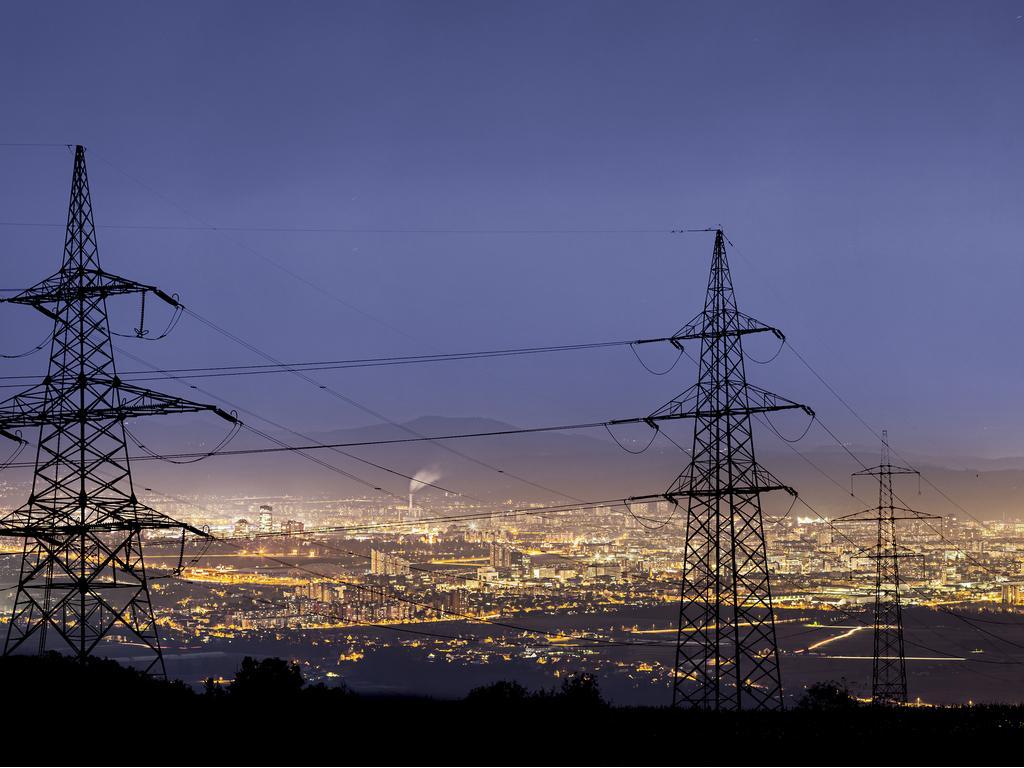Elering, Estonia’s state-owned electricity and gas network operator, has signed an agreement to join the synchronous electricity grid of Continental Europe along with Latvia and Lithuania.
According to Elering’s CEO, Taavi Veskimägi, the agreement represents the final decision and deal to join the European grid by the end of 2025. It also includes the technical specifications and conditions for the related works to be carried out.
“This closes an important stage on the way to desynchronization from the Russian grid and towards synchronization with the Continental Europe electric grid,” Veskimägi said. “Now we are looking at five years of very intense work to meet all the technical requirements to ensure Estonian consumers’ security of supply out of the European grid.”
The agreement sets out the necessary technical changes as well as the required studies and tests. It also includes all the requirements the Baltic grids will have to meet in order to join up, including measures to be taken to guarantee stability. What is still to be done includes substantial infrastructure investments, e.g. to build an undersea cable between Poland and Lithuania, among other projects.
The agreement enters into force as soon as the network operators of all three Baltic states as well as those of Poland and the Continental Europe grid have all signed it.
In Estonia, works are already underway to build stronger connections towards the south, currently adding a third Estonian-Latvian cross-border line and overhauling two existing ones.
The total cost of the Baltic states’ synchronization with the Continental grid is estimated at €1.3-1.5 billion, to which Estonia contributes some €350 million. The first stage of investments was backed up by the European Union to the extent of 75 percent of the total amount. Elering is applying for similar EU support for the next steps as well.




